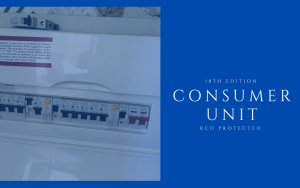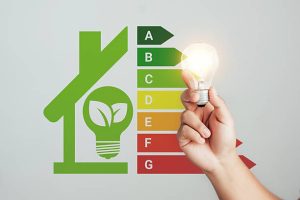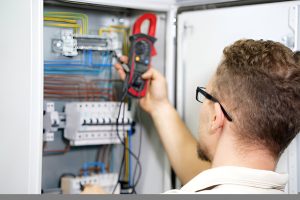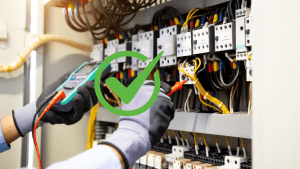Improving a home’s energy efficiency and EPC rating involves a systematic approach to upgrades. Homeowners can start by evaluating their current EPC rating to identify areas for enhancement. Key modifications include improving insulation, upgrading heating systems, and utilizing energy-efficient lighting. Each change not only reduces energy consumption but may also increase property value. Understanding the potential benefits and available financial support can guide homeowners in making informed decisions about these necessary upgrades.
Key Takeaways
- Upgrade insulation in lofts, walls, and floors to prevent heat loss and improve overall energy efficiency.
- Install an energy-efficient heating system, such as a modern boiler or heat pump, to reduce energy wastage.
- Switch to LED lighting to decrease energy consumption and lower electricity bills effectively.
- Replace single-glazed windows with double or triple glazing for better insulation and lower energy costs.
- Explore government grants and incentives to help finance energy efficiency upgrades for your home.
Understanding Your Current EPC Rating
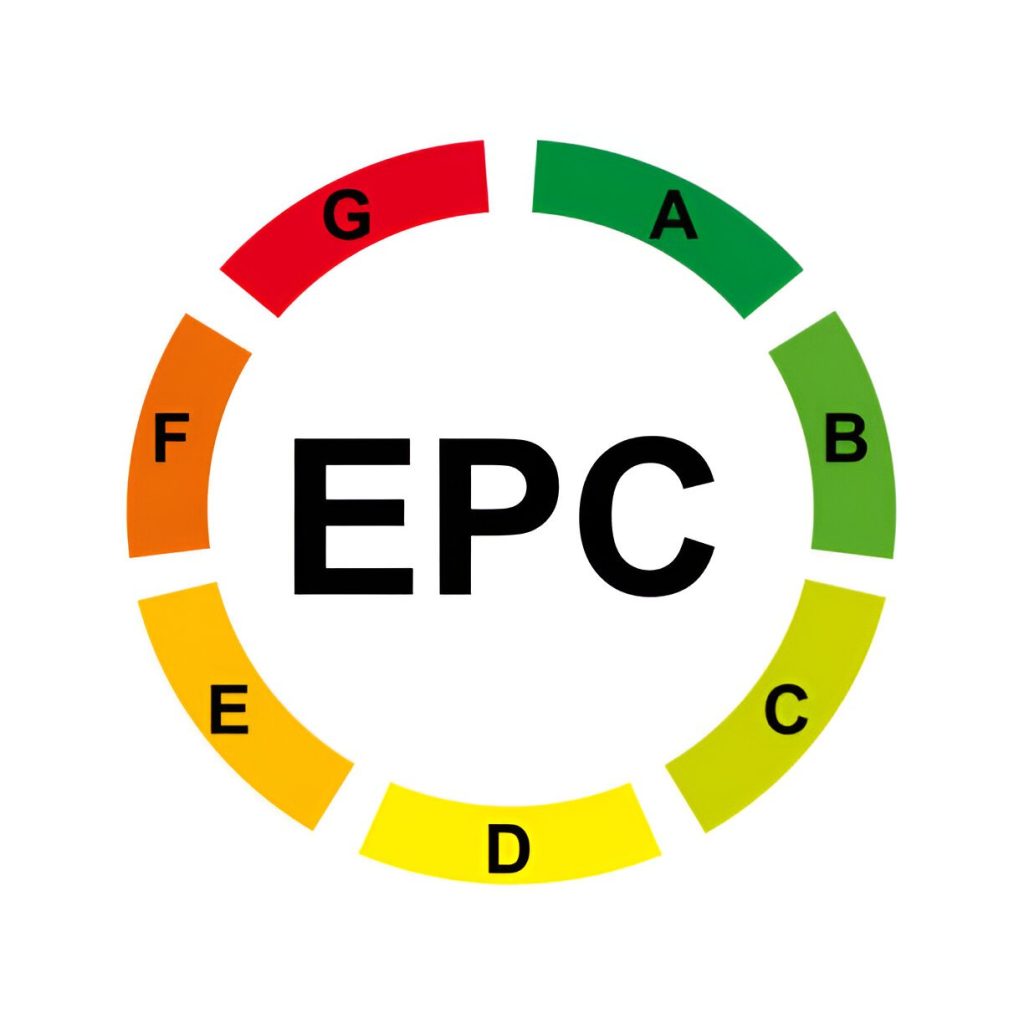
How can homeowners accurately assess their energy efficiency? Understanding the Energy Performance Certificate (EPC) rating is essential for this evaluation.
The EPC rating, which ranges from A (most efficient) to G (least efficient), provides a snapshot of a home’s energy use and environmental impact. Homeowners should begin by reviewing their current EPC, which includes insights into energy consumption, insulation quality, and heating systems.
An accurate assessment involves a thorough examination of energy bills, insulation levels, and the efficiency of appliances. Engaging a certified energy assessor can also yield a professional perspective on potential upgrades.
Why Improving Your EPC Rating Is Beneficial
Improving a home’s Energy Performance Certificate (EPC) rating offers numerous advantages that extend beyond mere aesthetics. A higher EPC rating can lead to significant cost savings on energy bills, enhanced property value, and increased marketability. Additionally, properties with better ratings often attract environmentally conscious buyers and may qualify for government incentives.
| Benefit | Description |
|---|---|
| Cost Savings | Lower energy bills due to improved efficiency |
| Increased Property Value | Higher resale value in a competitive market |
| Marketability | Attracts buyers prioritizing sustainability |
| Government Incentives | Eligibility for grants or tax rebates |
| Comfort and Health | Improved indoor air quality and temperature regulation |
Thus, enhancing an EPC rating serves both economic and ecological interests.
Upgrade Your Insulation: Loft, Wall, and Floor
A well-insulated home can greatly reduce energy consumption and enhance overall comfort. Upgrading insulation in lofts, walls, and floors plays an essential role in maintaining stable indoor temperatures.
Effective insulation minimizes heat loss during winter and keeps homes cool in summer, which directly contributes to energy efficiency.
- Loft insulation: Dense, thermal-resistant materials that prevent warm air from escaping.
- Wall insulation: Rigid foam boards or cavity wall solutions that block external cold.
- Floor insulation: Soft batts or boards that retain warmth underneath foot traffic.
- Air sealing: Caulking and weather stripping that eliminate drafts and gaps.
- Reflective barriers: Radiant barriers in attics that reflect heat away during warmer months.
These upgrades not only enhance energy efficiency but also lead to significant cost savings over time.
Install an Energy-Efficient Heating System
Installing an energy-efficient heating system can greatly enhance a home’s energy performance while reducing operational costs.
Modern heating systems, such as condensing boilers, heat pumps, and biomass systems, operate at higher efficiencies compared to traditional models. Their design minimizes energy wastage, converting a greater percentage of fuel into usable heat.
Additionally, integrating smart thermostats can optimize heating schedules, ensuring that energy is utilized only when necessary. Homeowners should also consider zoning systems, which allow for targeted heating in specific areas, further enhancing efficiency.
Regular maintenance of the heating system is essential to sustain its performance.
Switch to LED Lighting Throughout the Property
Switching to LED lighting throughout a property can lead to considerable energy savings and enhanced illumination quality.
LEDs consume up to 80% less energy than traditional incandescent bulbs and last notably longer, reducing replacement frequency and waste. This change not only lowers electricity bills but also contributes to a smaller carbon footprint.
- Crisp, bright light that enhances colors and details
- Dimmable options for customizable ambiance
- Instant-on functionality for immediate illumination
- Versatile designs suitable for any room or fixture
- Minimal heat emission, promoting a cooler environment
Replace Single-Glazed Windows with Double or Triple Glazing
Upgrading to double or triple-glazed windows presents a considerable opportunity to enhance a home’s energy efficiency. These windows reduce heat loss and improve insulation, which can lead to lower energy bills and a more comfortable living environment. The decision between double and triple glazing often depends on budget, climate, and specific energy efficiency goals.
| Type of Glazing | Benefits | Considerations |
|---|---|---|
| Single-Glazed | Low cost | Poor insulation |
| Double-Glazed | Moderate insulation | Higher initial cost |
| Triple-Glazed | Superior insulation | Highest cost, heavier frame |
Investing in double or triple glazing can greatly improve a home’s Energy Performance Certificate (EPC) rating, providing long-term financial and environmental benefits.
Take Advantage of Government Grants and Incentives
Although many homeowners may overlook financial assistance options, taking advantage of government grants and incentives can greatly offset the costs associated with energy efficiency upgrades.
These programs are designed to encourage sustainable practices and can make significant financial impacts.
- Tax credits for energy-efficient appliances
- Subsidies for home insulation improvements
- Low-interest loans for renewable energy installations
- Cash rebates for energy-efficient windows and doors
- Grants for energy audits to identify efficiency opportunities
hting, ENERGY STAR-rated refrigerators, washing machines, and dishwashers. These choices not only enhance efficiency but also contribute to long-term sustainability and financial savings.
How Can I Maintain My Energy-Efficient Upgrades Over Time?
To maintain energy-efficient upgrades, regular inspections and timely servicing are essential. Implementing a routine schedule for cleaning, checking seals, and replacing filters guarantees peak performance, prolongs lifespan, and ultimately sustains energy savings over time.



